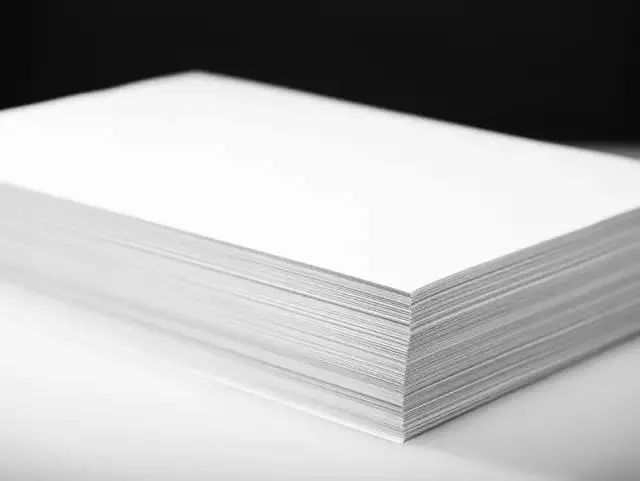How should you choose your printing paper? Know these to make your printing smoother!
It is said that a good horse must be paired with a good saddle, and a printer must be paired with good printing paper to achieve good results. If you use low-quality printing paper, not only will the printing quality be poor, but it will also easily cause paper jams and even equipment failure.
So how to choose good printing paper? Mainly consider the weight, craftsmanship, color, acidity and single-sided and double-sided paper.

Weigh weight: no less than 60g, preferably more than 70g
First of all, we start with the weight of the paper. Slightly heavier paper has a better texture (not easily overweight or thick), is less prone to wrinkles, and is less prone to paper jams when printing. Therefore, choose paper with moderate thickness and flatness so that it will not wrinkle. Generally, paper of about 60g-70g is more suitable.
Exploration process: smooth, thin and moderately thick
Paper craftsmanship is also very important. How to judge the paper? In fact, touch the surface of the paper with your hands. Paper that is too smooth or rough is not conducive to ink, which greatly affects the final print quality. In addition, pick up the paper and observe it against the light to see the uniformity of the thickness of the paper. If the light transmission is uniform, it means that the thickness craftsmanship is good.
Look at the color: normal white
The whiter the paper, the better. If the paper is too white or too blue, it may contain a large amount of fluorescent agent or bleaching powder, which is not conducive to normal reading. It is very important that the paper is pleasing to the eye, otherwise it may put a certain burden on the eyes.
Specific acidity: neutral paper is the best
Copy paper is divided into neutral paper and acidic paper according to pH. Acidic paper is generally a mixture of wood pulp and straw pulp. This kind of printing paper is prone to dust and discoloration over time, so it is not suitable for long-term storage. Neutral paper, on the other hand, is made of pure wood pulp, has long fibers, good bonding force, and is not prone to dust. Generally, it is recommended to use neutral paper for printing.
Single and double: choose double-adhesive paper for both sides
If you need double-sided printing on a daily basis, you need to choose offset paper to ensure that the quality of each side is not compromised.
Article origin: rtmworld
At the same time, good printing results require the use of good toner cartridges. The next issue will introduce you to the use of toner cartridges:
